This Beginner's Guide to the Camino de Santiago gives you all the details you need to make the journey without any doubts. Read here about all the doubts shared by pilgrims before starting the route, so you don't get distracted looking for information on several different websites.
What is the Portuguese Camino de Santiago?
O nosso guia para iniciantes do Caminho de Santiago está aqui para te responder a essa pergunta. É um trecho milenar, atravessado por milhares de pessoas, anualmente. O Caminho tem, pelo menos, 281 percursos oficiais, sendo que, desses, 3 são portugueses. Alguns saem de Lisboa, outros de Vila Real de Santo António, mas a maioria das pessoas começa o percurso na cidade do Porto.
So let's talk a little about the different Portuguese Caminhos de Santiago.
- Portuguese Camino de Santiago Central.
The oldest (and most traveled) of all the Caminos de Santiago in Portugal. It starts in Lisbon, passes through the emblematic cities of Coimbra and Porto and on to the Galician capital. Excellent for those who want to get to know the depths of Portugal, its stories and marvel at the landscapes over the course of a month. With 620 kilometers between the different capitals, this means around 25 days walking or 5 days cycling (If you want to read more about cycling, you can read here).
This is one of the roads with the most interesting history. It has a direct link to the economic and social life of Portugal and Galicia, as King Manuel I traveled these roads twice! After the death of King Dinis, Queen Isabel also went on this fabulous pilgrimage and was later buried with a pilgrim's baton.
If you want to know more about this route, you can read our article here.
2. Portuguese Coastal Path.
This route starts in Porto and always runs alongside the sea. However, this route has a special feature: it is divided into two! From Oporto, you can always walk along the shores of the ocean or go a little further away and follow the mountains of Portugal. Without detracting from either stage, this option is attractive to any walker, as it gives you total freedom as to how to spend the day. In Caminha, too, we have to make a choice. Either we go straight to Spain, keeping our eyes on the sea, all the way to Redondela, or we continue on to Valença, seeing the River Minho all the way there.
Some people say that this is the "real" Portuguese Camino de Santiago, as the tradition began 10 centuries ago. However, the important thing is the inner journey. Speaking of which!
3. Portuguese Way of the Interior
The least known of the aforementioned paths, it was one of the last to be built. certified by the Portuguese government in 2021. Running for 205 kilometers through Portuguese territory, the route goes from Viseu to Chaves, with a connection to the better-known "Via da Prata" in Spain. The infrastructure is not very good, as there are only 10 hostels and few of them are permanently open. However, it's a new way of discovering the beauty of Portugal, little by little. If you've already been on this adventure, let us know in the comments what you thought!
Preparations for the Camino de Santiago
This is one of those questions that affects all pilgrims. Now that we've decided which route to take, how do we prepare to walk to Praça do Obradoiro?
Let's start with the most important thing. What to take?
We've already written an article on the subject, which you can read here, but here's a summary.
A rucksack, one of those camping rucksacks, to give you a breeze on your back and allow you to comfortably store what you need for the journey, i.e. a change of clothes to wash alternately with the clothes you're wearing, and a water canteen or other type of container. You should also have your documents and pilgrim's certificate with you at all times, as the hostels only accept people with everything in order, for everyone's safety.
The backpack, although it's a decision that changes from person to person, should only be 10% of our total weight. For example, if you weigh 70 kilos, try to stick to a maximum limit of 7 kilos. Although this metric is subjective, it can help you plan and take only the essentials.
However, almost all of this can be found on the way. The infrastructure is good and the people even better. There's a saying among hikers: "the road gives you everything you need".
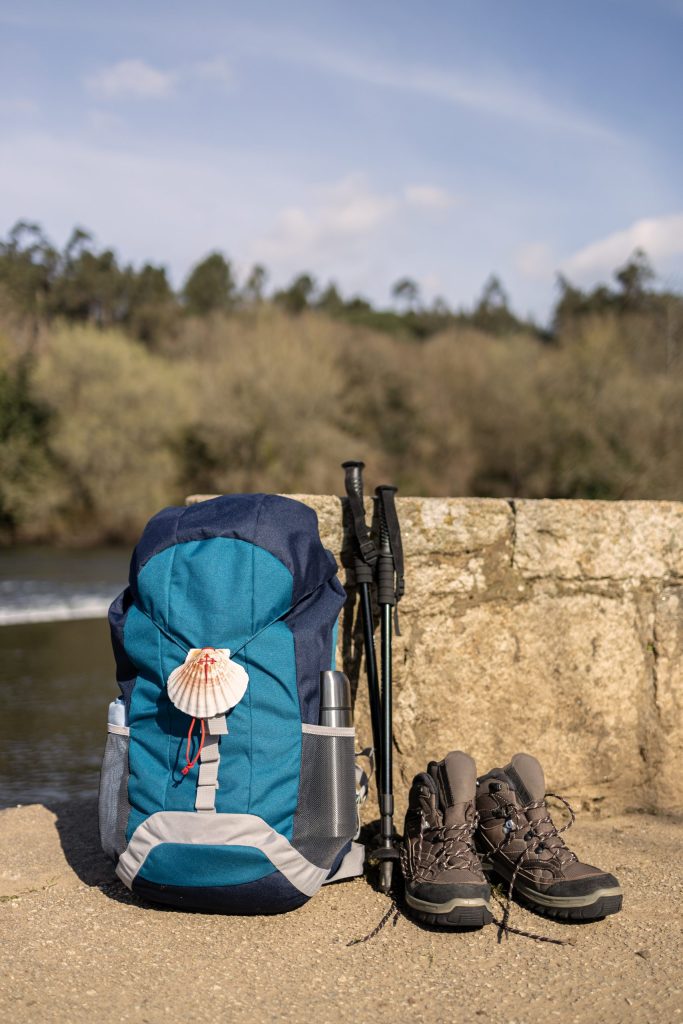
As for the pilgrim's certificate, you can buy it from pilgrim's associations, churches and even hostels. If you start your adventure without one, it's no big deal, but you may not have access to the pilgrim menu at lunchtime.
What about physical preparation?
We've also talked about this before. So you can read everything we know about physical preparation before the walk here in detail.
Most people manage to do the walk without any major difficulties, even without any kind of preparation. This is because, as the author Agostinho Leal writes in his book "Memórias de Peregrino", you should stop when you're tired and eat when you're hungry. If the fatigue is too much, just find the nearest hostel and rest there.
However, if you suffer an injury halfway along, there are pilgrim support services that you can and should contact to take you to a safe place and stop for a while.
Speaking of injuries, never forget a small first aid kit. You never know when accidents will happen and it's better to be prepared than remedied.
For those who really want to train, it's best to start going for regular walks and carrying a weighted backpack to get used to the feeling of having a few extra pounds.
And when should I do the Camino de Santiago?
The poetic answer could be: whenever you want. But that doesn't encompass the amount of one's obligations. That's why most of us take the road on our vacations.
However, when we see the hostels full in August, the unbearable heat and the time spent queuing in supermarkets, we start to think about it.
So it's best to go during the low vacation season, such as May and June or September. In that case, it's advisable to take a good sleeping bag, as it can get cold at night. In spring and late summer, there is some company along the way, but not too much. It's hot, but not as hot as in August. To make matters better, as there are fewer people on the trails, the shopkeepers will treat us much better. The policy in these lands is: "with time, everything gets done". However, when 30 Germans want a beer and some snacks and there's an even longer queue coming up, small business owners tend to get a bit lost in the excess of work, damaging the service.
Just go early (or late) and you have the best of both worlds. Hostels with space and restaurants with time.
Beginners' guide to the Camino de Santiago: Conclusion
And here it is, a mini-roadmap of what you need to know to do the Portuguese Camino de Santiago. Have we left out any important information? Let us know in the comments!
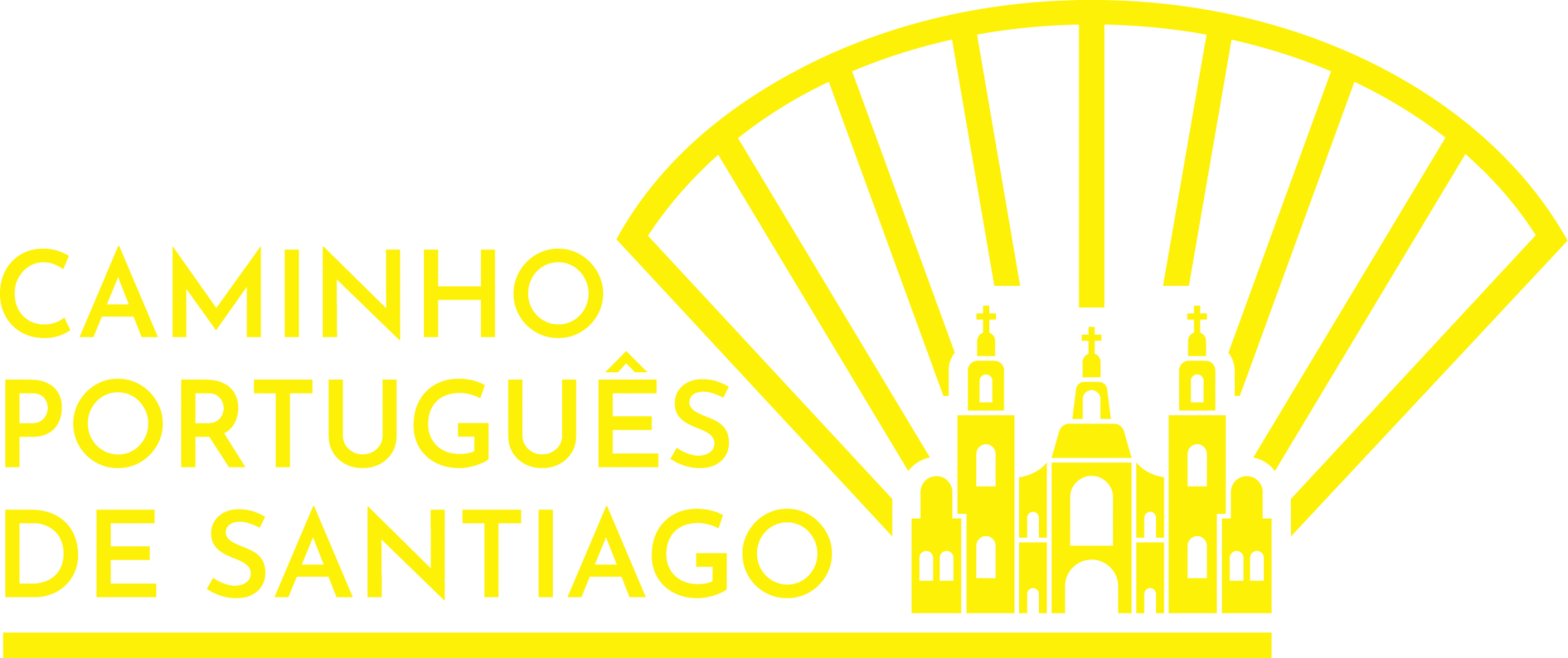



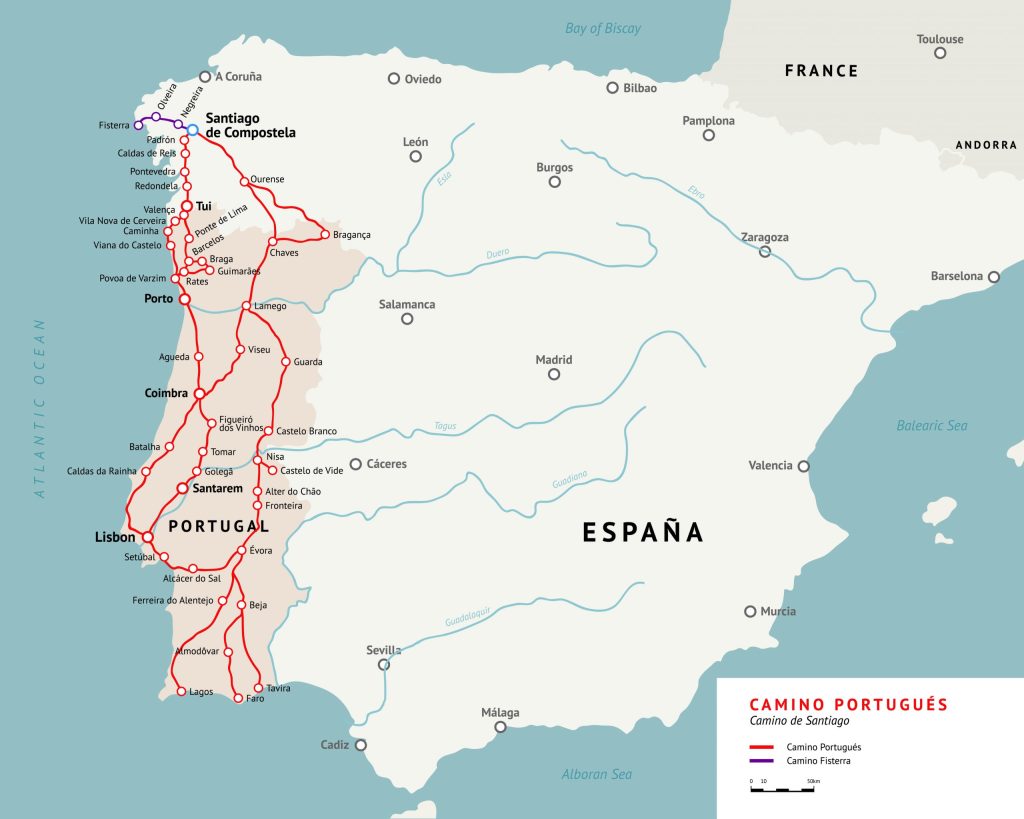
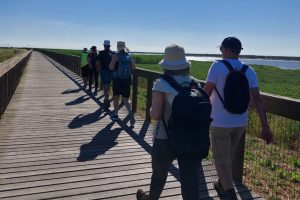

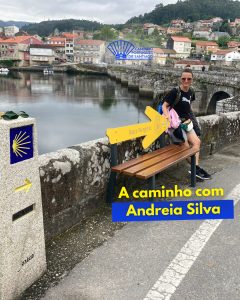
The best vacation you can have, take your time. Simply enjoy!!! ♀️
You can't see the Douro River, but you can see the Minho River
Thanks for the note! 🙂